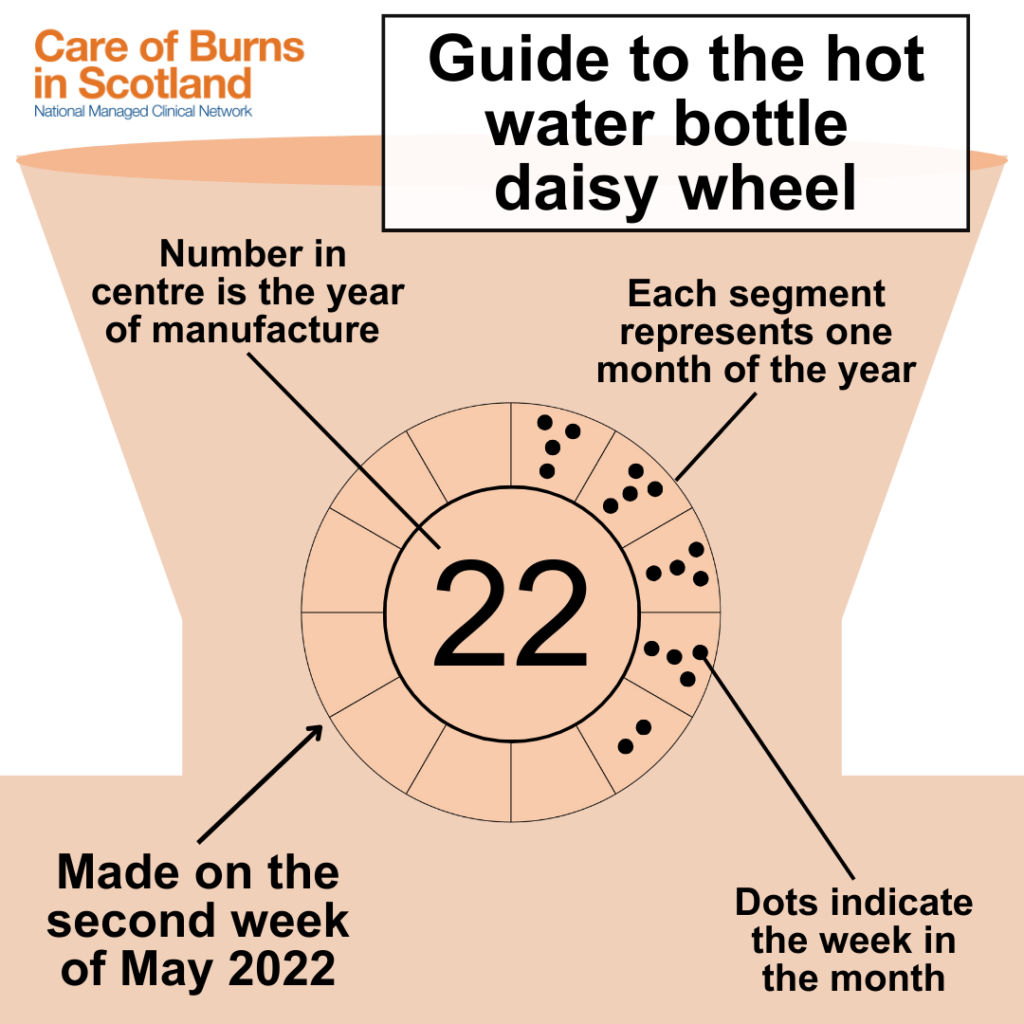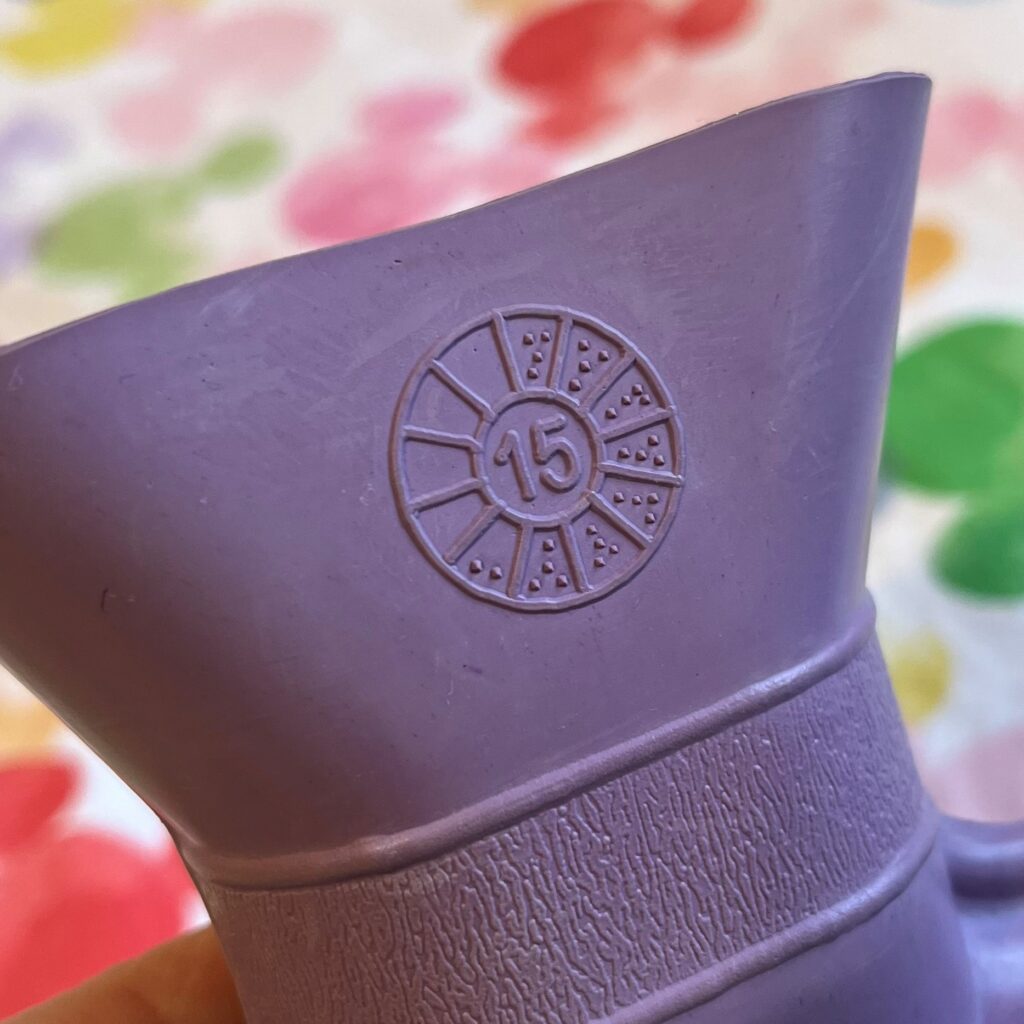Help prevent hot water bottle scalds and burns this winter
Scotland’s national burns network is asking the public to take extra care when using hot water bottles this winter, especially those with reduced sensation in their feet.
With temperatures dropping and the cost of living rising, many opt to use cheaper alternatives to central heating to stay warm. Care of Burns in Scotland (COBIS) wants to highlight that while hot water bottles can be a quick and cost-effective way to warm up, if used incorrectly they can result in severe scalds or contact burns.
November is Diabetes Awareness Month and COBIS is asking those with diabetes in particular to be extra cautious with hot water bottles, as they may have altered or reduced sensation in their feet. The network also highlights that those living with spina bifida or cerebral palsy should also be careful, due to the potential of reduced sensitivity in their skin.
Last winter, the Scottish Burns Hub at Glasgow Royal Infirmary saw numerous patients with diabetes admitted, who had received severe burns to their feet when their hot water bottle leaked or burst. People with diabetes can be prone to reduced sensitivity in their feet, so may be less aware of the burn happening until it’s too late. Additionally, hot water bottle scalds to children doubled in Glasgow alone last winter.
David McGill, Clinical Lead for COBIS and Consultant Plastic Surgeon said: “Hot water bottles have a life of two to three years, any older and they can be prone to the rubber degrading and bursting.
“In the last few years we’ve seen many lower limb and groin scalds and burns from hot water bottles. Contact burns can also happen when the bottle is filled with boiling water and used without a cover.
“The more severe scalds we’ve seen are typically in diabetic patients who have reduced sensation in their feet and legs. They are less aware that there’s been a leak, so the scald tends to be deeper and more complicated. We’ve treated patients with hot water bottle burns that have required multiple skin grafts operations, and others so severe that their tendons have been exposed.”
Clinicians also highlight that those who use hot water bottles to ease period pain should make sure to use a cover to protect their skin from contact burns and ensure that the stopper is tightly secured.
John Kinnear, National Director for Diabetes Scotland said: “Living with diabetes can mean being at increased risk of losing sensation in the feet, legs, hands and arms. So, it’s important to avoid extreme temperatures as you may lose your ability to feel changes in temperature, and can easily have a burn at high temperature without feeling it.
“If you’re using hot water bottles, our advice is to use hot water bottle covers, don’t put boiling water into them, remove the bottle from your bed before getting in, and don’t rest your feet on them at any time. It’s also important to make sure that the stopper is secure to avoid any leaks.”
To avoid burns and scalds, follow these safety tips for using hot water bottles this winter:
- Never fill a hot water bottle with boiling water- it will degrade the edges
- Always use a cover for your hot water bottle
- Don’t fill the bottle more than two thirds and be careful when squeezing air out
- Check the daisy wheel on the neck of the bottle for when it was manufactured- it’s best not to use hot water bottles older than 3 years.
In the event of a serious burn or scald take the following steps:
- Remove or cut off any clothing covering the area
- Place the burn under cool running water for 20 minutes, but keep the rest of the person warm
- Call 999 in an emergency
- Cover the burn loosely with cling film
Image captions:
COBIS Daisy Wheel
Hot water bottle manufacturers use a stamp on the neck of bottles, known as a daisy wheel, to show when each bottle was made.

COBIS Hot water bottle
Check your hot water bottle for this mark. The number in the middle shows the year it was made. This one was made in 2015 and should now be replaced.

